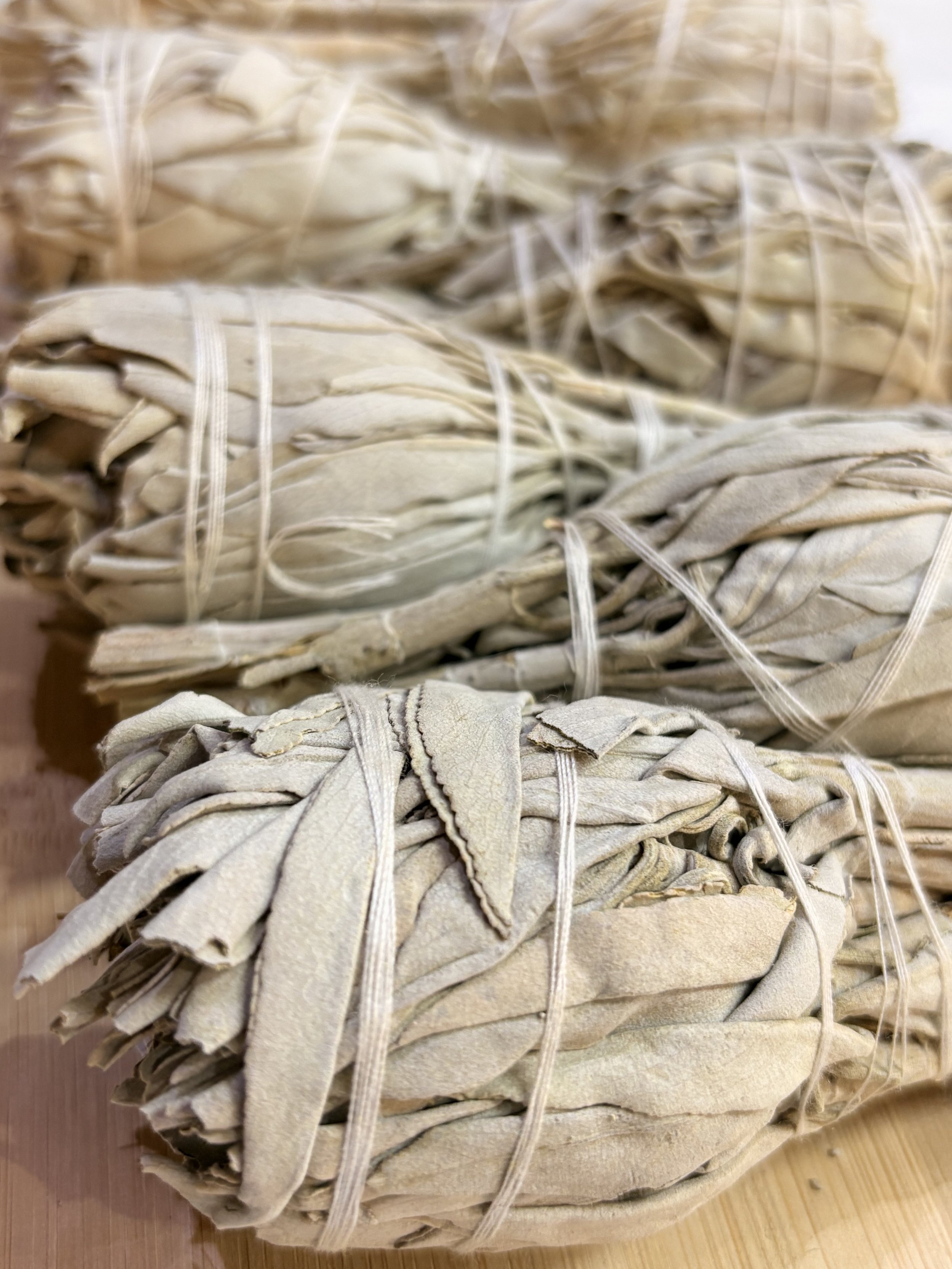
Aromatherapy with Sage and Oil
A Sense Of Smell
The practice of using natural plant materials
In recent years it has gained global popularity as people rediscover ancient remedies for modern stress. From sage smudge sticks used in indigenous rituals to essential oils in diffusers, aromatherapy bridges cultural traditions and contemporary wellness trends. It appeals equally to spiritual practitioners seeking energy cleansing and to everyday consumers looking for natural ways to uplift their home atmosphere. The following report explores several beloved aromatherapy products – white sage, blue sage, seven chakra sage, dragon’s blood sage, Peruvian palo santo, tea tree oil, and lemongrass oil – detailing their origins, benefits, uses, and the reasons for their worldwide appeal.
The Science of Aromatherapy
Modern science is beginning to validate what ancient healers knew: aroma can profoundly influence the mind and body. When you inhale an essential oil or herb’s fragrance, tiny aromatic molecules enter your nose and stimulate olfactory receptors. These scent signals travel directly to the brain’s limbic system, which governs emotions, memory, and hormone production. In this way, pleasant scents can trigger the release of neurochemicals that calm stress and uplift mood. It’s no coincidence that a whiff of lavender or citrus can instantly make you feel more at ease – smell is uniquely wired into our emotional brain. Research supports aromatherapy’s benefits for stress relief and emotional balance. For example, hospital studies found that diffusing lavender oil in intensive care units reduced patients’ stress, lowered blood pressure, and improved sleep quality.
Similarly, reviews of clinical trials have shown that inhalation or massage with essential oils can reduce anxiety (such as easing pre-surgery jitters) and even help with mild depression or pain management. These outcomes make sense given that scent-triggered limbic activity can decrease the stress hormone cortisol and induce relaxation responses.
In short, aromatherapy engages both mind and body, complementing other wellness practices. Incorporating aromatherapy into daily routines can yield tangible benefits. Many people use calming oils like lavender or chamomile at bedtime to signal the brain that it’s time to sleep, much like a meditation practice. Others start the morning with energizing scents (citrus, rosemary, or peppermint) to boost alertness and mood, comparable to how a brisk exercise might invigorate you. Even skeptics can appreciate that enjoying a soothing fragrance while taking deep breaths can reduce tension – a simple form of self-care. Just as yoga or music therapy harnesses physiological responses for well-being, aromatherapy offers a science-backed method to reduce stress and enhance mood in a natural, enjoyable way. The key is consistency: by infusing small rituals (like diffuser sessions, candle lighting, or herbal smudging) into everyday life, you create moments of calm and positivity that accumulate into better overall wellness.


